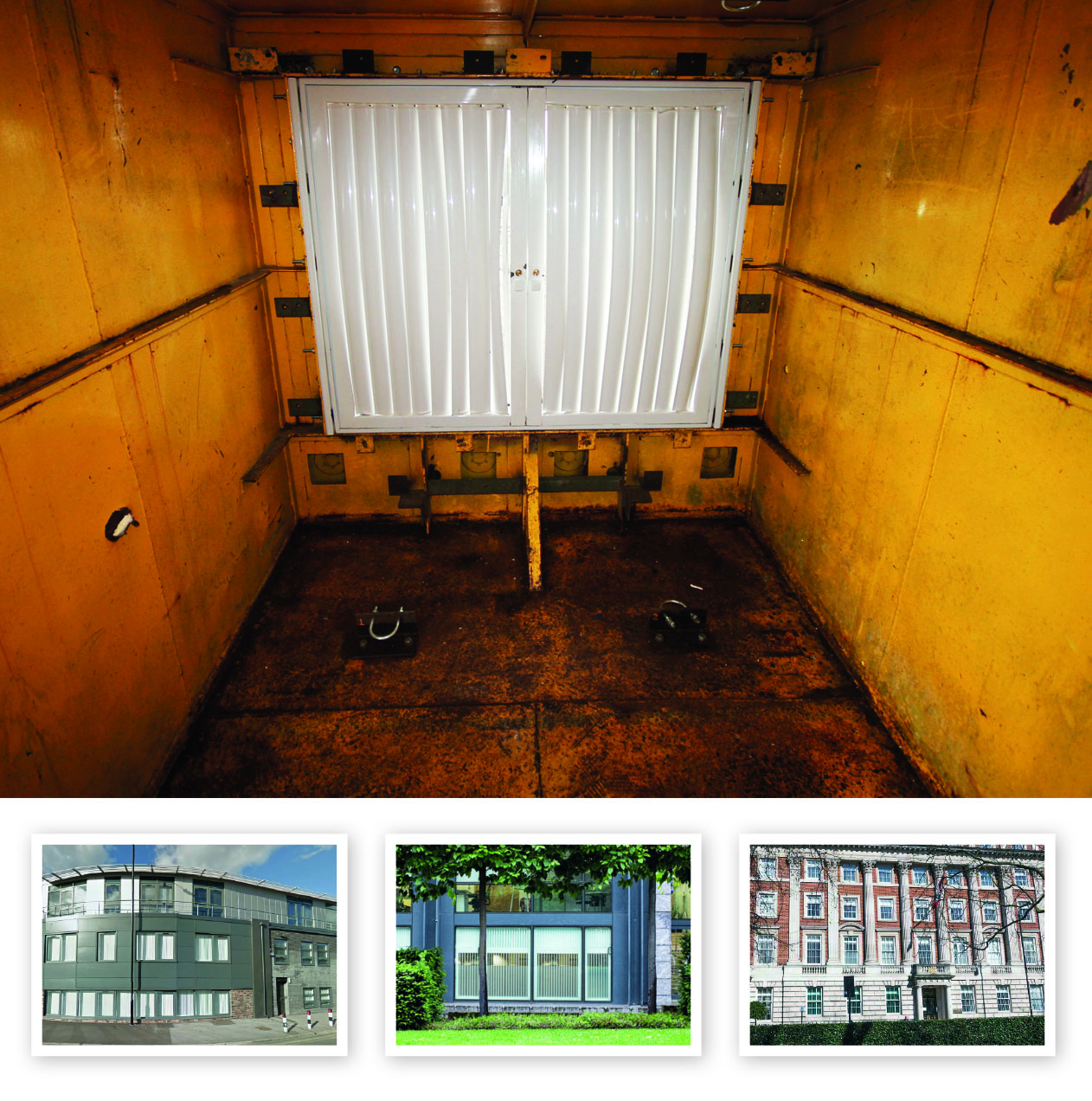An explosion often results in many casualties and damage. It could be due to a terrorist attack, criminals using explosives, or an accident such as in petrochemicals. If an explosion poses a realistic risk, it is important to take specific measures to protect people.
An explosion has significant consequences for buildings and the people inside them. Not only the affected building itself, but also adjacent or opposite buildings are often at risk. This means that targeted measures are needed both at the organization that may be the target and at organizations in the immediate vicinity. To reduce the impact of such incidents and ensure people’s safety, an integrated security approach is necessary. An approach based on recognizing the threat, the expected (type and quantity) explosive, and the distance to people and buildings.
Some years ago, Mactwin conducted research into solutions that can be used to secure high-risk objects against such threats. For example, there are doors and walls that are resistant to explosives. To secure (existing) windows, Mactwin entered into a partnership with the English company Abbey Group to apply their SecuraBlinds, so-called explosion-resistant blinds, in the Netherlands.
“SecuraBlinds look and can be used like ordinary sunshade vertical blinds, which you often see in office environments,” says Brian Wilkins, director of Abbey Group International Limited. “But these blinds also absorb the blast wave of an explosion. The positive phase of the blast wave pushes the blinds closed in a split second. The outer window can shatter into thousands of splinters, but the blinds keep all these splinters and other debris out. The SecuraBlinds are even strong enough that the glass and debris are thrown outwards in the so-called negative phase of the blast wave. We have extensively tested this with various amounts of explosive material. Even when detonating as much as 500 kilos of TNT at a distance of 28 meters, the blinds fully absorbed the pressure and force of this explosion.” These blinds are now being used at various sites in the Netherlands, in the financial heart of London, in the Middle East, and in conflict zones to protect government buildings, offices, and hotels from the effects of car bombs.
John van de Weijenberg, security specialist and project manager at Mactwin, adds: “We recommend these types of slats not only for safety reasons, but also as a security measure. They stop intruders. In the Netherlands, we mainly see the application of this architectural solution to high-risk objects (such as banks and cash centers), governments, data centers, museums and industrial companies. It is also convenient that the slats are suitable for both existing and new construction. We notice that architects are enthusiastic about these slats because they do not disturb the façade appearance and do not require building permits. The latter is in contrast to other structural security measures that can be placed in front of the façade of a building to protect people from the consequences of an explosive.”


